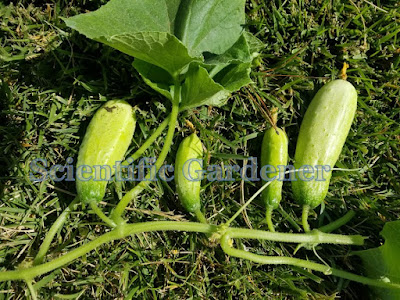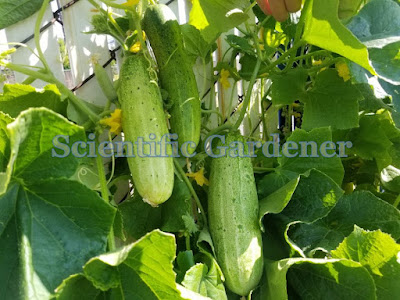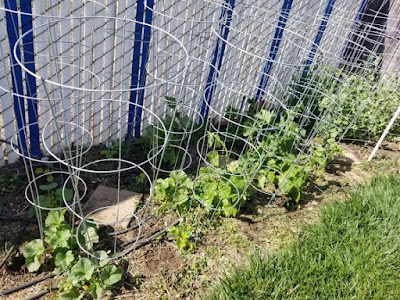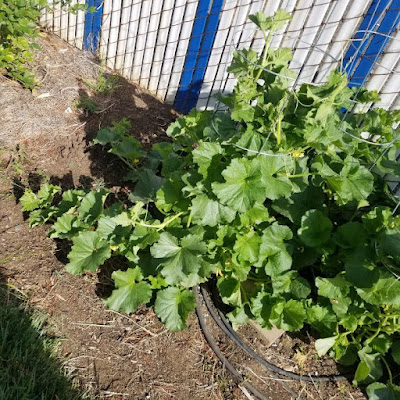One of my very favorite cucumbers to grow in 2021 and one of my all-time favorite heirloom regular cucumbers is the Yok Kao. This variety grew quickly after being transplanted just before May 6th, but did not begin to set fruit until the plants were at least 4 feet in length (around June 6th). At this point, the vines quickly began pumping out relatively straight consistent fruit. Due to the heavy production, I would have almost thought that I was growing a hybrid cucumber variety – especially if I did not know the background on this cultivar.
As I stated, it did take a while for this variety to begin producing – but once it did I had a difficult time getting it to slow down. Over time, the crisp juicy fruit expanded and the color changed from light green to dark yellow. In fact, I would say that the color of this variety is nearly as dark as the Hmong Red cucumber. I harvested the last of the crop for seed around August 7th.
The fruit itself has qualities of both slicing and pickling. While my family did enjoy eating them plain, the flesh was firm and crisp enough that it would have made a very good pickle. Unfortunately for my family, I had neither the time nor the desire to make them into pickles, so I just brought them home to consume or saved them for seed. Those that were saved for seed had excellent storage qualities. If you need a consistent all-around cucumber that was good for pickling, slicking and storage, the Yok Kao may be the cucumber cultivar for you.
The only drawback I could find with this variety was that it was a little variable in length. When saving seed, I worked to sort the fruit by size and saved the mid-sized fruit (which would have been about 4.5 inches in length when ready for eating) for my future grow-outs. Even though the Yok Kao may require a little longer season to grow, it is definitely one of the most productive and multi-use cucumbers I have ever grown. So, if you ask me if I would I grow it again, without hesitation I would answer, “Oh yes!”
































































































